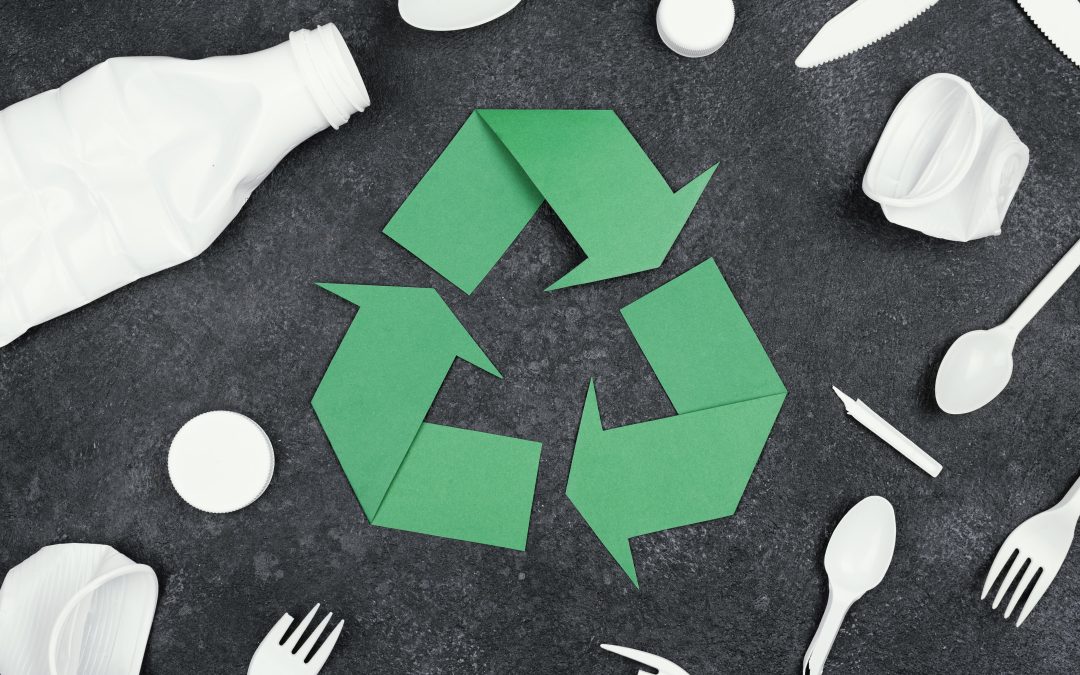In a world where sustainability is the new norm, proper waste disposal is more essential than ever.
Implementing waste valorization and reuse practices not only meets environmental needs but also proposes economically viable and socially responsible solutions.
Importance of Waste Treatment
Industrial waste management is a fundamental priority to prevent environmental pollution and protect public health. This technical process focuses on reducing the hazardousness of waste, decreasing waste quantities, mitigating risks to the ecosystem and community, and converting waste into less harmful materials. Common methods include mechanical, chemical, and biological treatments, each adapted to the particular characteristics of the waste being treated.
For example, hazardous chemical waste may require neutralization or encapsulation to prevent water and soil contamination. Organic waste, on the other hand, is an ideal candidate for processes like anaerobic digestion, which not only reduces its volume and toxicity but also produces biogas that can be used as a renewable energy source.
Waste Valorization: From Waste to Resources
Valorization involves converting waste into useful products or energy, transforming what was traditionally seen as waste into a valuable resource. This process is fundamental to the circular economy, where the goal is to keep resources in use for as long as possible.
It is not just about reducing the extraction of natural resources but also minimizing the carbon footprint associated with the production of raw materials.
Waste Treatment in Industry
In industrial production, waste treatment represents both a challenge and an opportunity due to the hazardous and often volatile nature of the materials involved. Proper management of these wastes is crucial to prevent environmental contamination and ensure safety. Processes like neutralization, controlled incineration, and encapsulation are commonly used to treat chemical waste, transforming hazardous compounds into inert or less harmful substances.
A notable example of valorization in these industries is the recovery and recycling of used solvents, which can often be redistilled and reintroduced into production process, reducing costs and minimizing dependence on non-renewable resources.
Pyrolysis: Innovation in Chemical Recycling of Plastics
One of the most promising technological advances in waste valorization is pyrolysis, particularly in the chemical recycling of plastics. This thermal process decomposes plastics in the absence of oxygen, transforming them into pyrolysis oil, which can be used to generate biofuels or second-generation plastics, serving as energy sources or raw materials in various industries, respectively.
At Tecam, we are leaders in implementing waste treatment and valorization solutions through pyrolysis, a technology designed to process a variety of plastic wastes and convert them into pyrolysis oil.
This oil can be used to produce biofuels or as a raw material for new plastics, closing the material lifecycle and promoting a circular economy.
Tecam’s pyrolysis process not only contributes to a more sustainable environment by reducing the amount of plastic waste destined for landfills and oceans but also offers a viable route for energy recovery. The gases produced during pyrolysis can be used to generate electricity, powering plant operations and maximizing energy efficiency.
Economic and Environmental Benefits
Waste treatment and valorization offer multiple benefits. Economically, they allow companies to reduce costs by converting waste into useful resources. Environmentally, they minimize pollution and consume fewer natural resources. Socially, these practices foster a healthier environment and raise awareness about the importance of recycling and sustainable waste management.
Challenges and Future of Waste Treatment
Despite technological advances, waste treatment faces significant challenges. These include the need for high initial investments, adapting to frequently changing regulations, and handling heterogeneous waste that can vary in composition and toxicity. In the face of these challenges, collaboration between businesses, governments, and civil society is crucial to continuously innovate and improve waste treatment technologies and strategies.
Conclusion
Implementing effective strategies for waste treatment, valorization, and reuse is essential for advancing towards a more sustainable industrial future. Innovative practices like plastic pyrolysis and solvent recovery not only meet environmental requirements but also open new business opportunities.
As we move forward, integrating these practices will be crucial for industries seeking not only to survive but to thrive in an increasingly sustainability-focused global economy. Adopting advanced technologies and optimized processes will enable companies to reduce their carbon footprint, minimize waste, and maximize resource efficiency. For example, implementing waste treatment systems based on the circular economy can transform waste into new products, thus closing the material lifecycle and reducing reliance on virgin resources.
Furthermore, collaboration across sectors and investment in research and development are essential to drive innovation in waste management. Strategic alliances between businesses, academic institutions, and governments can facilitate knowledge and resource exchange, accelerating the adoption of sustainable practices.
In summary, transitioning to a more sustainable industrial model is not only an environmental responsibility but also an opportunity to enhance the competitiveness and resilience of companies in the global market. The key lies in implementing innovative and collaborative solutions that promote more efficient and responsible use of resources.
For further information, please contact us today.
Image by Freepik


